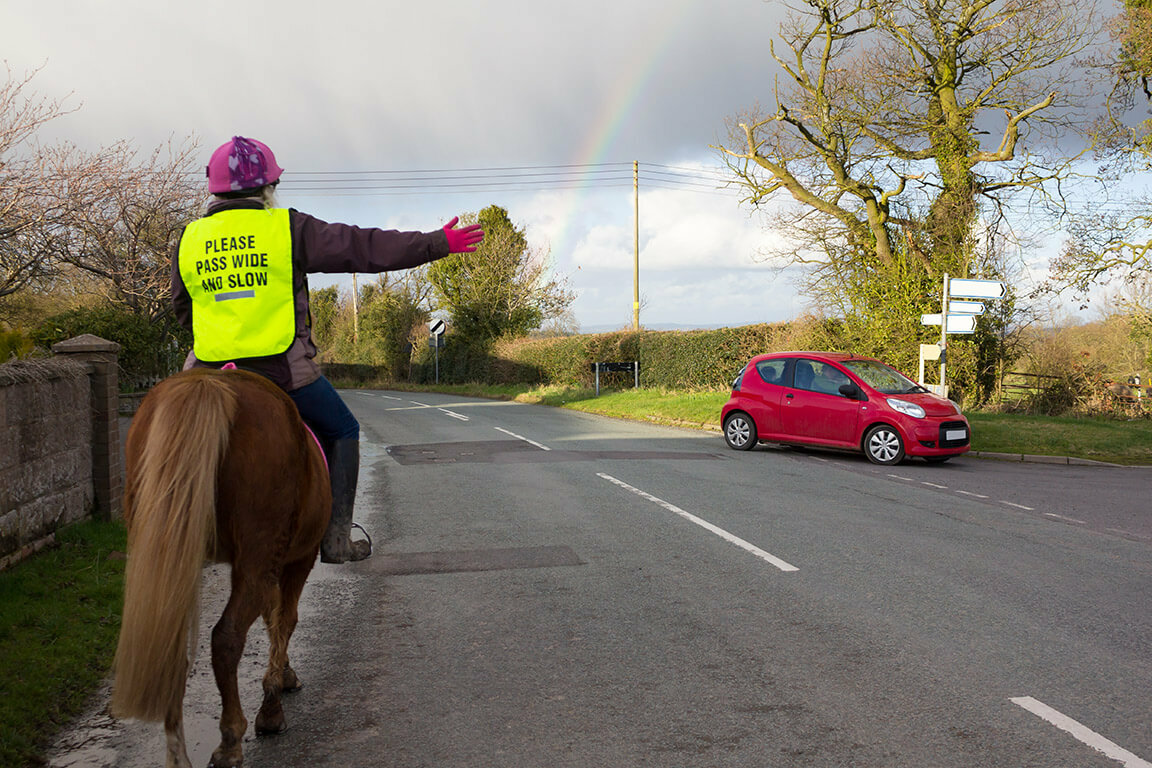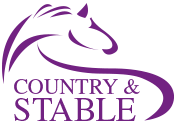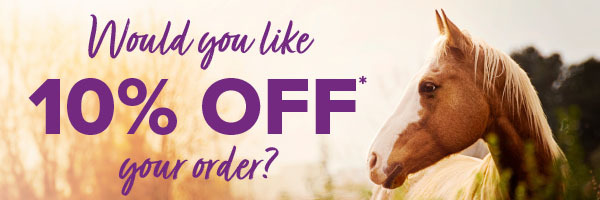Safety tips when out hacking
Apr 20th 2021

With the lighter evenings now upon us we wanted to share some safety tips when out hacking with your horse. Unfortunately, most riders have to at some point go on a road when out with their horses. Whether you’re riding on a main road or a country lane. Horses and their riders are amongst the most vulnerable road users. Where it is necessary to ride on the road, it is imperative that you are fully familiar with best practices of road safety. If you aren’t, you are putting your own life and those of other road users in danger.
Incidents which involve horses are unfortunately continuing to rise. This is not just involving vehicles but dogs, fireworks and bicycles. The British Horse Society (BHS) are urging all riders and carriage drivers to report any incidents they are involved in, regardless of severity. This information is vital to them as these are added to the national statistics. The BHS have launched a new app where riders can report any incidents.
Here at Country & Stable we recommend that all riders read the section relating to horses in the Highway Code as these guidelines must be adhered to. The BHS have also detailed a few of the key points in this recommended helpful article.
Now let’s find out more below.
Maintaining correct road position…
It is standard that horse riders are not permitted to ride on footpaths and should always ride near the kerb on the left hand side of the road.
If you are riding two abreast, this can be done perhaps if you are out hacking with an inexperienced horse. Always position the more experienced horse on the outside. Of course differing traffic circumstances and changes in the road layout may require you to ride single file. Firstly always lead with the more experienced horse. Then ensure that there is at least a horse length gap between each horse.
Signals, turning and junctions…
When proceeding to turn, always check for traffic and signal in plenty of time to indicate your intention. Keep checking behind you and always watch and listen for traffic and be prepared to stop - you may approach a hazard which will requires you to move further into the road. We know that horses can be unpredictable. Even the most well-trained horse can react to its instincts and want to move quickly away from what they consider to be a threat.

Tip: "It can be really useful to make sure your horse understands basic lateral movements such as leg-yield or shoulder-in for when you hack. Being able to turn the horse’s head away from the hazard in a shoulder-in might just give them the bravery needed to walk past without spooking or trying to run off."
In the instance that you are experiencing a problem with your horse. Try to hold out your right arm and slowly move it up and down to indicate drivers to slow down. If you need the driver to stop, raise your palm in a ‘stop’ motion. In any circumstance, hazards are everywhere on the road.
Tip: "Try to avoid metal grates/ drain covers where the horse might slip or be spooked, also be aware of pedestrians carrying umbrellas or items that might causes the horse to become uneasy."
The importance of appropriate safety gear...
It is essential that you are kitted out with the appropriate safety wear before heading out riding on the road.
Riders should always wear a riding hat that adheres to the current standards, we recommend you ensure you hat is fitted and checked by a professional and always be replaced after being involved in a fall. You are also advised to wear visibility clothing to ensure that everyone can clearly see you, even on bright, sunny days! If you wanted to add extra protection you can also wear your body protector and/or air jacket whilst out.
Tip: "Make sure you are seen and wear the correct gear as advised by the British Horse Society. The minimum is tabard or jacket for a rider, and leg bands for the horse. That way if an incident occurs you know you have done your best to be correct, safe and seen. Even if you are only hacking around fields hi visibility attire will make you easier to spot from a distance should you be involved in an incident."
It is really important to make your horse visible too. Should you have a fall, and your horse runs away the hi visibility equipment your horse is wearing will assist in helping keep your horse safe. There are so many different products on the market now which you can choose from. The selection includes; leg wraps, boots, exercise sheets, breastplates and more which are all ideal.

Etiquette towards other road users…
Drivers can often be frustrated when they spot horses being ridden on the road. You may find that they try to accelerate past you too quickly. The BHS has found that almost 43% of riders were subject to road rage or abuse. 81% of incidents occurred because of vehicles passing too closely and 40% of incidents happened due to passing too quickly. The BHS is urging drivers to be more careful when passing horses on the road. It also encourages them to adhere to its Dead Slow campaign messages.
Tip: "If you are unconfident when riding on the road, always have a buddy and take baby steps...Take it slow if your horse is new at it. Start out with very short sessions and gradually let them get longer."
It is also good etiquette to thank other road users who slow down for you, pass carefully, or make an effort to give you right of way and time to manoeuvre on the road. A simple nod or smile may even change the way a particular driver will treat a horse and its rider next time.
Ready to head out on the road?
It is worth knowing that The British Horse Society also offer riding and road safety tests. Many riding schools also carry out training days in riding and road safety. These can be useful if you are interested in brushing up your skills and gaining the confidence to ride out on the road.
Time for more from Country & Stable? Horse rug buying guide





